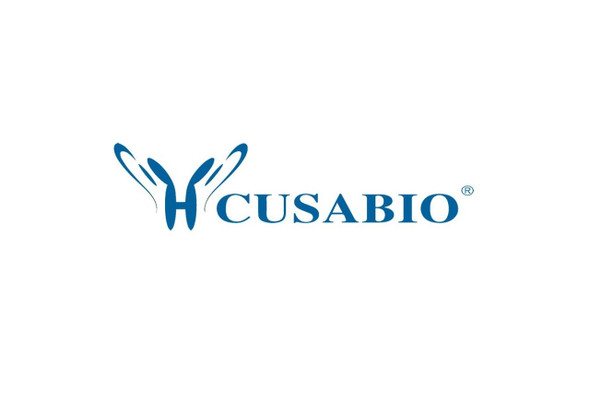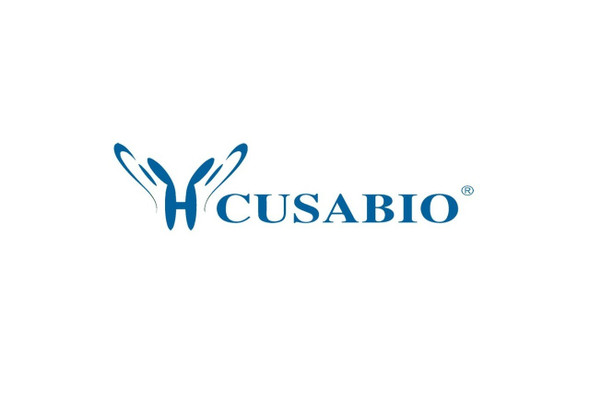Cusabio Polyclonal Antibodies
PLA2G2A Antibody, FITC conjugated | CSB-PA11209C0Rb
- SKU:
- CSB-PA11209C0Rb
- Availability:
- 3 to 7 Working Days
Description
PLA2G2A Antibody, FITC conjugated | CSB-PA11209C0Rb | Cusabio
PLA2G2A Antibody, FITC conjugated is Available at Gentaur Genprice with the fastest delivery.
Online Order Payment is possible or send quotation to info@gentaur.com.
Product Type: Polyclonal Antibody
Target Names: PLA2G2A
Aliases: Phospholipase A2, membrane associated (EC 3.1.1.4) (GIIC sPLA2) (Group IIA phospholipase A2) (Non-pancreatic secretory phospholipase A2) (NPS-PLA2) (Phosphatidylcholine 2-acylhydrolase 2A), PLA2G2A, PLA2B PLA2L RASF-A
Background: Catalyzes the calcium-dependent hydrolysis of the 2-acyl groups in 3-sn-phosphoglycerides (PubMed:2925633) . Thought to participate in the regulation of phospholipid metabolism in biomembranes including eicosanoid biosynthesis. Independent of its catalytic activity, acts as a ligand for integrins (PubMed:18635536, PubMed:25398877) . Binds to and activates integrins ITGAV:ITGB3, ITGA4:ITGB1 and ITGA5:ITGB1 (PubMed:18635536, PubMed:25398877) . Binds to a site (site 2) which is distinct from the classical ligand-binding site (site 1) and induces integrin conformational changes and enhanced ligand binding to site 1 (PubMed:25398877) . Induces cell proliferation in an integrin-dependent manner (PubMed:18635536) .
Isotype: IgG
Conjugate: FITC
Clonality: Polyclonal
Uniport ID: P14555
Host Species: Rabbit
Species Reactivity: Human
Immunogen: Recombinant Human Phospholipase A2, membrane associated protein (21-144AA)
Immunogen Species: Human
Applications: ELISA
Tested Applications: ELISA
Purification Method: >95%, Protein G purified
Dilution Ratio1:
Dilution Ratio2:
Dilution Ratio3:
Dilution Ratio4:
Dilution Ratio5:
Dilution Ratio6:
Buffer: Preservative: 0.03% Proclin 300
Constituents: 50% Glycerol, 0.01M PBS, PH 7.4
Form: Liquid
Storage: Upon receipt, store at -20°C or -80°C. Avoid repeated freeze.
Initial Research Areas: Cardiovascular
Research Areas: Cancer;Cardiovascular;Metabolism;Signal transduction






